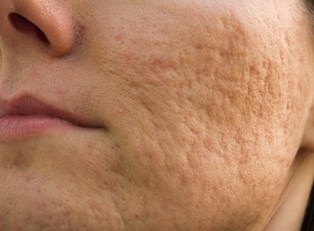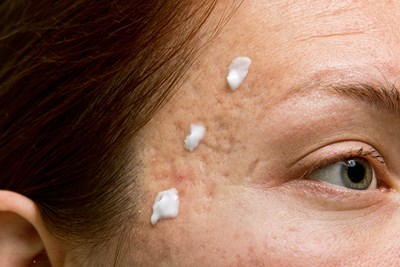Scars form as a result of the body’s natural healing methods to skin injuries. Not every scar, however, is one you want to keep -- and some can even be embarrassing or unsightly. If less invasive measures failed for you, you might be considering surgery as a viable option. But first, there are a few questions you’ll want to answer.
Is surgery really necessary?
Your skin is one of the first things you present to the world, so imperfections on that outer layer can seem extremely obvious. But your scar may not be as bad as you think. Before you go spending thousands of dollars on surgical procedures, try the skin and beauty section of your pharmacy. Not only are there several different brands of scar minimizing creams and silicone based stick on sheets that can make your scar less obvious, you may find that just rubbing a little lemon juice will bleach the color out of your scar enough so that you don’t really even notice it!
What is the purpose of surgical scar revision?
One of the most common causes of scarring is surgery. So how, then, is a surgery supposed to make your scar go away? The purpose of surgical scar revision isn’t to make your skin magically smooth and scar-free. Rather, this type of procedure is reserved for scars that are exceptionally unsightly -- those that are especially large or raised, healed oddly, or are quite big and quite visible.
The original scar is surgically removed, and a new, neater, smaller scar is hypothetically left in its place. While you may still have a scar, it shouldn’t be as bad as it was -- and hopefully a few extra measures will help it heal into an even less noticeable scar. Note: There are several different types of scar revisions, dependent on the shape and type of the existing scar.
Which type of scar surgery is best for you?
If surgical scar revision isn’t going to do the trick, you might look into a skin graft. Skin grafts are a technique often used for burns and other large and damaging wounds. A punch graft, for example, involves “punching” the scarred area out (generally small scars, like those from acne) and then replacing it with a smooth piece of skin.
Dermabrasions, on the other hand, are a little less invasive. Imagine taking a piece of sandpaper to a scarred piece of wood. Dermabrasions involve actually removing the upper layers of the skin and/or scar, allowing a smoother, less obvious appearance. Talk to your dermatologist about what kind of surgery will be most effective for the shape, size, and type of scar you have.
What kind of scar do you have?
The type of scar present is extremely important in choosing a good treatment option -- and surgery isn’t always the best option. Keloid scars are an especially tenacious type of scar that form as a result of an excess of collagen that creates too many skin cells. These skin cells can continue to develop for months after the injury and may be much bigger than your injury was. There are several treatments your medical team may try before opting for surgery, but no matter what treatment option you choose -- including a very pricey surgical procedure -- keloid scars can come back after they’re removed.



